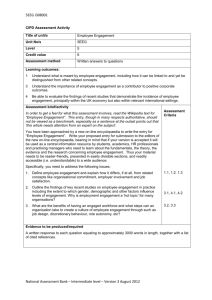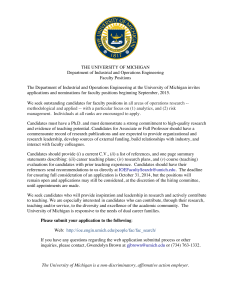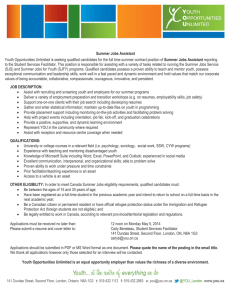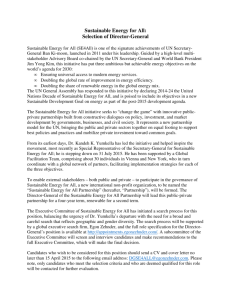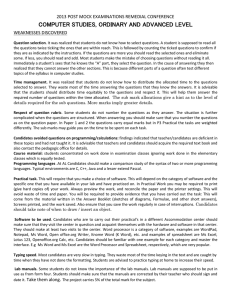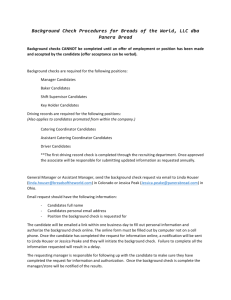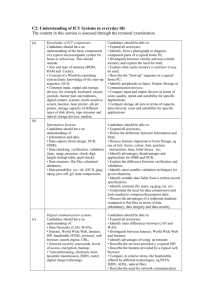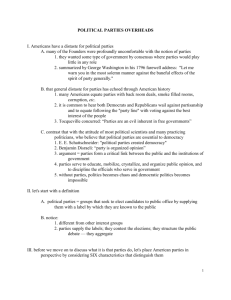Using Information Metrics and Developing Business Cases
advertisement
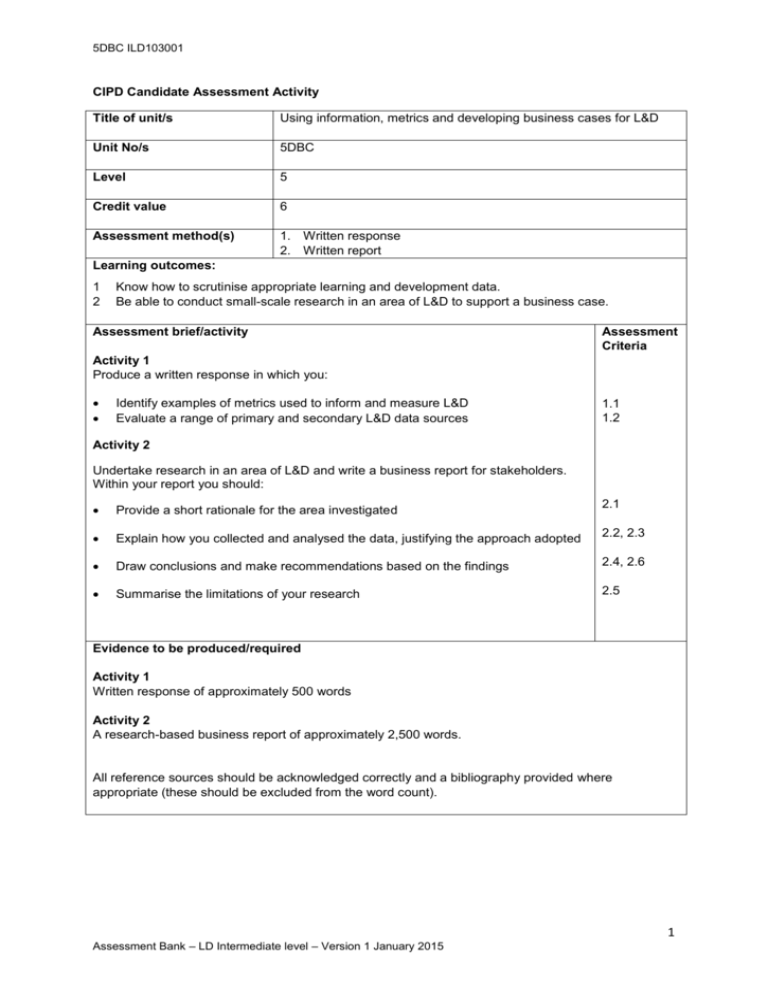
5DBC ILD103001 CIPD Candidate Assessment Activity Title of unit/s Using information, metrics and developing business cases for L&D Unit No/s 5DBC Level 5 Credit value 6 Assessment method(s) 1. Written response 2. Written report Learning outcomes: 1 2 Know how to scrutinise appropriate learning and development data. Be able to conduct small-scale research in an area of L&D to support a business case. Assessment brief/activity Assessment Criteria Activity 1 Produce a written response in which you: Identify examples of metrics used to inform and measure L&D Evaluate a range of primary and secondary L&D data sources 1.1 1.2 Activity 2 Undertake research in an area of L&D and write a business report for stakeholders. Within your report you should: 2.1 Provide a short rationale for the area investigated Explain how you collected and analysed the data, justifying the approach adopted 2.2, 2.3 Draw conclusions and make recommendations based on the findings 2.4, 2.6 Summarise the limitations of your research 2.5 Evidence to be produced/required Activity 1 Written response of approximately 500 words Activity 2 A research-based business report of approximately 2,500 words. All reference sources should be acknowledged correctly and a bibliography provided where appropriate (these should be excluded from the word count). 1 Assessment Bank – LD Intermediate level – Version 1 January 2015 5DBC ILD103001 Guidance for Assessors for 5DBC (LO 1 & 2) This guidance is for assessors only and should not be handed out to candidates. Candidates should produce: Task 1 Written response of approximately 500 words Task 2 A research-based business report of approximately 2,500 words. Candidates should acknowledge data sources appropriately. Assessment criteria guidance: Activity 1 AC 1.1, 1.2 Candidates should give examples of different types of metrics and illustrate their understanding of these with examples in L&D e.g. training spend, take up on different courses, course completions, time spent on training etc. They should differentiate between primary and secondary data sources, giving examples e.g. official records and reports, interviews, research reports v interpretations of primary sources. Activity 2 AC 2.1, 2.2, 2.3, 2.4, 2.5, 2.6 Candidates should undertake research in an area of L&D and produce a business report. The report should have a title which clearly indicates the focus of the report. There should be an explanation of the overall purpose of the research and why it will be of benefit to identified stakeholders. The specific objectives of the research should be stated clearly. Learners should explain and defend the data collection methods chosen for achieving the objectives of the research. If the research involves respondents/participants, a rationale for the chosen sample should be provided. The findings of the research should be presented clearly and succinctly using tables and graphs where appropriate. The student should discuss the findings, presenting any themes that have emerged. Conclusions and recommendations arising from the findings should be presented with an acknowledgement of any limitations of the research. Appendices should be provided which will not be included in the word count but these should be kept to a minimum. References and bibliography should be provided at the end using an appropriate convention. A typical report structure could be: Title page Introduction Literature review Research methodology Findings Discussion Limitations Recommendations Appendices 2 Assessment Bank – LD Intermediate level – Version 1 January 2015

